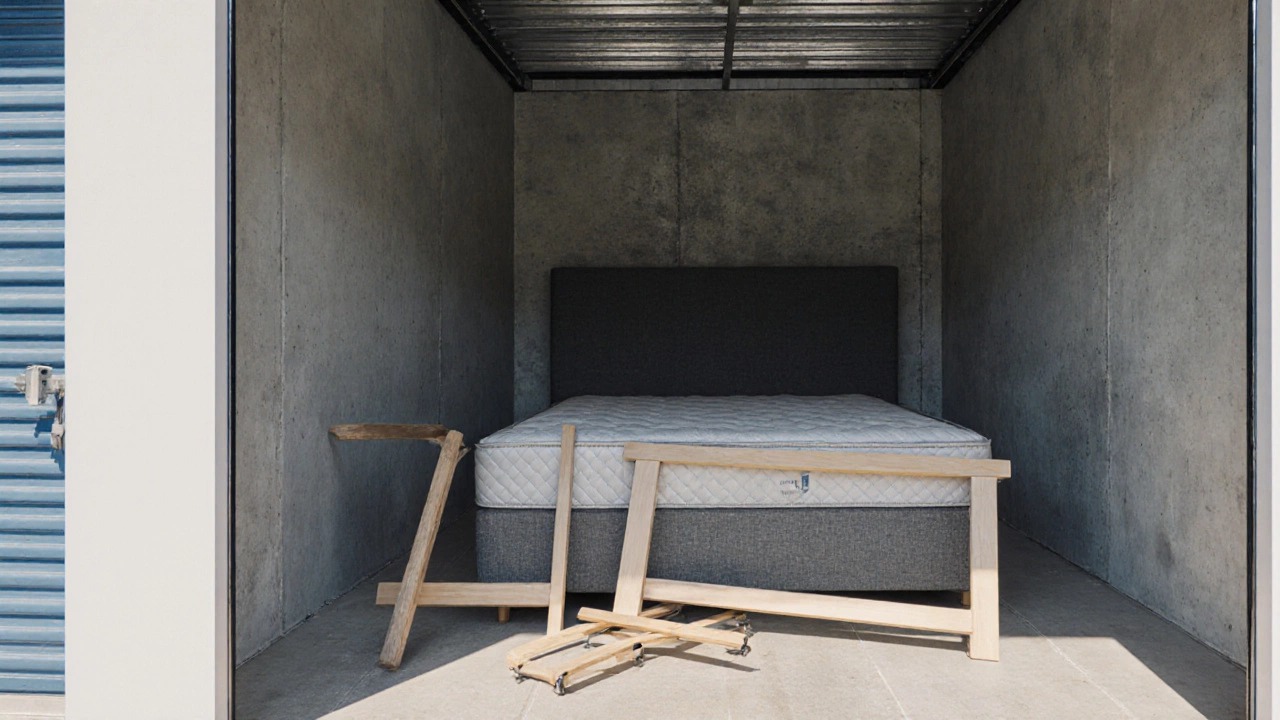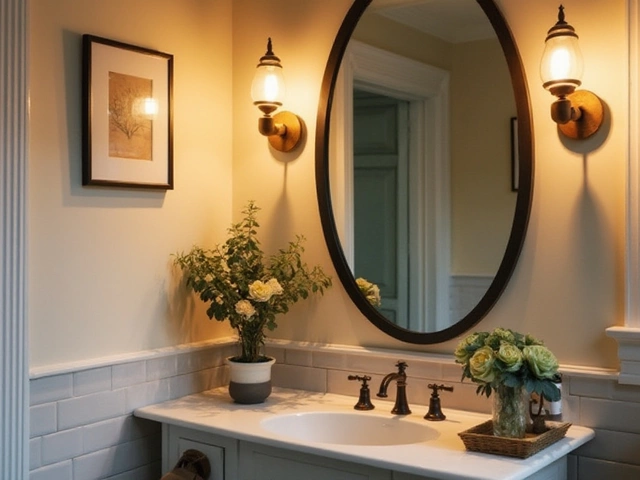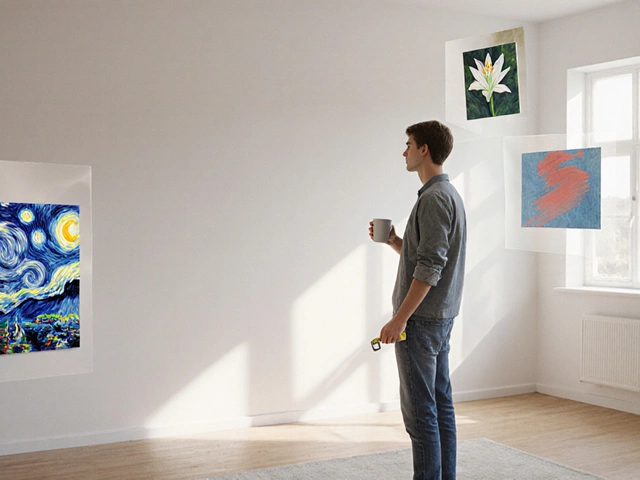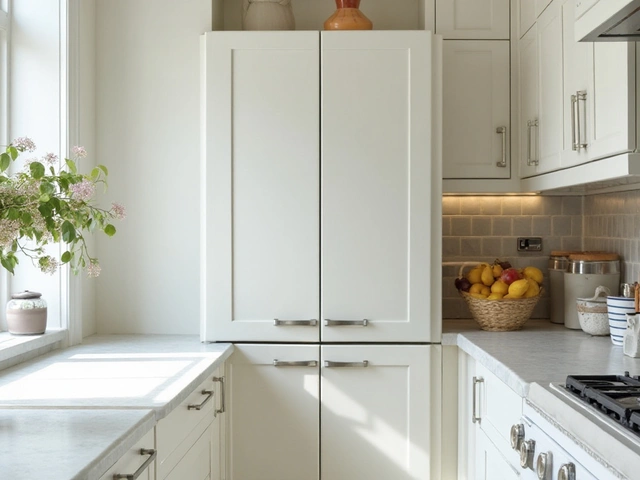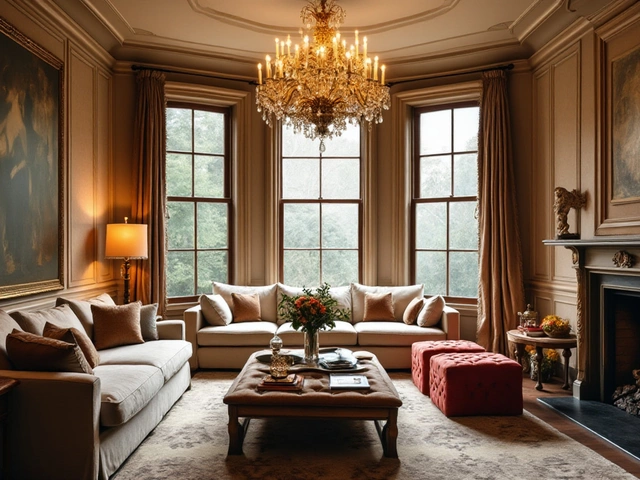Space Planning: Smart Ways to Arrange Every Room
When working with space planning, the process of organizing a floor plan so each piece fits purposefully and moves well. Also known as room layout strategy, it helps you decide where walls, doors, furniture and traffic paths belong. Good interior layout, the overall arrangement of zones within a space sets the stage for a functional home, while thoughtful furniture arrangement, the positioning of chairs, tables, sofas and storage items creates the visual flow you want. In short, space planning is about matching the room’s purpose with the right pieces and clear pathways.
Why Good Space Planning Matters
Effective space planning influences three core aspects of everyday living. First, it defines room zoning – the way you split a living area into work, rest or social zones. A well‑zoned kitchen, for example, separates prep, cooking and cleanup zones, which cuts down on steps and keeps the space tidy. Second, it governs traffic flow, the invisible routes people take as they move around. Measuring the width of walkways (at least 36‑48 inches for most homes) ensures you don’t block doors or create cramped corners. Finally, it affects lighting choices. When you place a reading nook near a window, you naturally get daylight, reducing the need for extra lamps. All three – zoning, traffic flow and lighting – are tightly linked: a clear layout lets light travel, traffic flow stays smooth, and each zone gets the ambiance it needs.
Our collection below shows how these ideas play out in real rooms. You’ll see dining‑room furniture tips that balance empty space, bathroom makeover tricks that keep the flow tight, and clever ways to use rugs, mirrors and storage to shape zones without costly renovations. Whether you’re redesigning a single corner or rethinking an entire floor, the posts give step‑by‑step guidance, sizing calculators, and visual cues that make space planning feel like a natural part of everyday design rather than a chore.
Ready to put a plan to work? Scroll down to find hands‑on articles that walk you through every stage – from measuring walls to picking the right sideboard, from choosing a rug that defines a dining area to tweaking traffic routes in a small studio. Each guide builds on the core principles of space planning, interior layout, furniture arrangement and traffic flow, so you can turn theory into a room that looks great and works even better.

